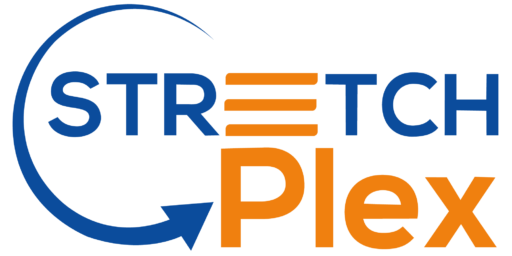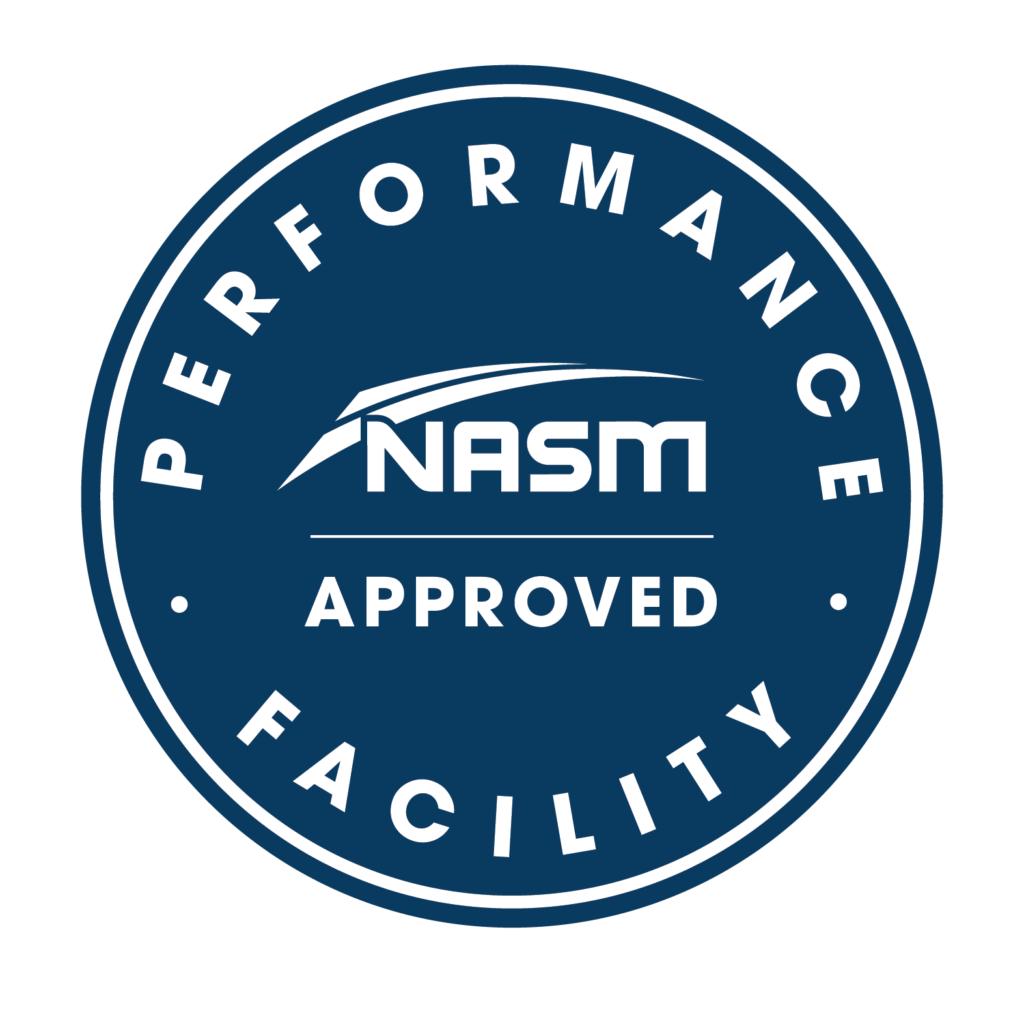Stretch therapy is a relatively new approach to improving physical abilities and overall well-being that has been gaining popularity in recent years. This article will explore the uses, benefits, risks, and coverage of stretch therapy.
What is Stretch Therapy?
Stretch therapy is a type of therapy that involves assisted stretching techniques to improve flexibility, range of motion, and posture. Unlike traditional stretching, stretch therapy is often performed with the help of a therapist or trained professional who provides manual assistance and guidance.
There are various types of stretch therapy techniques and methods, including Active Isolated Stretching, Proprioceptive Neuromuscular Facilitation, and Myofascial Release. Each of these techniques focuses on different aspects of the body and has unique benefits.
In the next section, we will discuss the therapeutic uses of stretch therapy.
The Therapeutic Uses of Stretch Therapy
Stretch therapy has a wide range of therapeutic uses and can be used to treat a variety of conditions and injuries. It is commonly used in rehabilitation and pain management settings, as well as in sports performance and athletic training.
Stretch therapy can help improve mobility and flexibility in individuals with conditions such as arthritis, multiple sclerosis, and cerebral palsy. It can also be used to treat injuries such as muscle strains, sprains, and back pain.
Furthermore, stretch therapy has been shown to be effective in reducing symptoms of anxiety and depression, improving sleep quality, and promoting relaxation.
The Benefits of Stretch Therapy
Stretch therapy offers numerous physical and mental benefits. Some of the main benefits include:
- Improved flexibility and range of motion
- Reduced muscle tension and soreness
- Improved posture and alignment
- Increased relaxation and stress relief
Stretch therapy can also improve athletic performance by enhancing muscle function, reducing the risk of injury, and improving recovery time.
The Risks of Stretch Therapy
While stretch therapy can be a safe and effective way to improve physical abilities, there are some risks and potential dangers associated with the practice. These risks can include muscle strain, joint pain, and nerve damage.
It is important to receive proper instruction and guidance when performing stretch therapy, as improper technique can increase the risk of injury. Individuals with certain health conditions, such as osteoporosis or herniated discs, should also consult with a medical professional before beginning a stretch therapy program.
Coverage of Stretch Therapy
While stretch therapy is not yet widely covered by insurance, some plans may cover it as a form of physical therapy. Individuals interested in stretch therapy should check with their insurance provider to see if coverage is available.
Alternatively, some stretch therapy providers may offer payment plans or financing options to make the therapy more accessible.
Stretch therapy is a promising approach to improving physical abilities and overall well-being. While it offers numerous benefits, it is important to understand the potential risks and receive proper instruction before beginning a stretch therapy program.
As the popularity of stretch therapy continues to grow, it is possible that insurance coverage and accessibility will also increase, making it a more widely available option for individuals seeking to improve their physical health and well-being.


